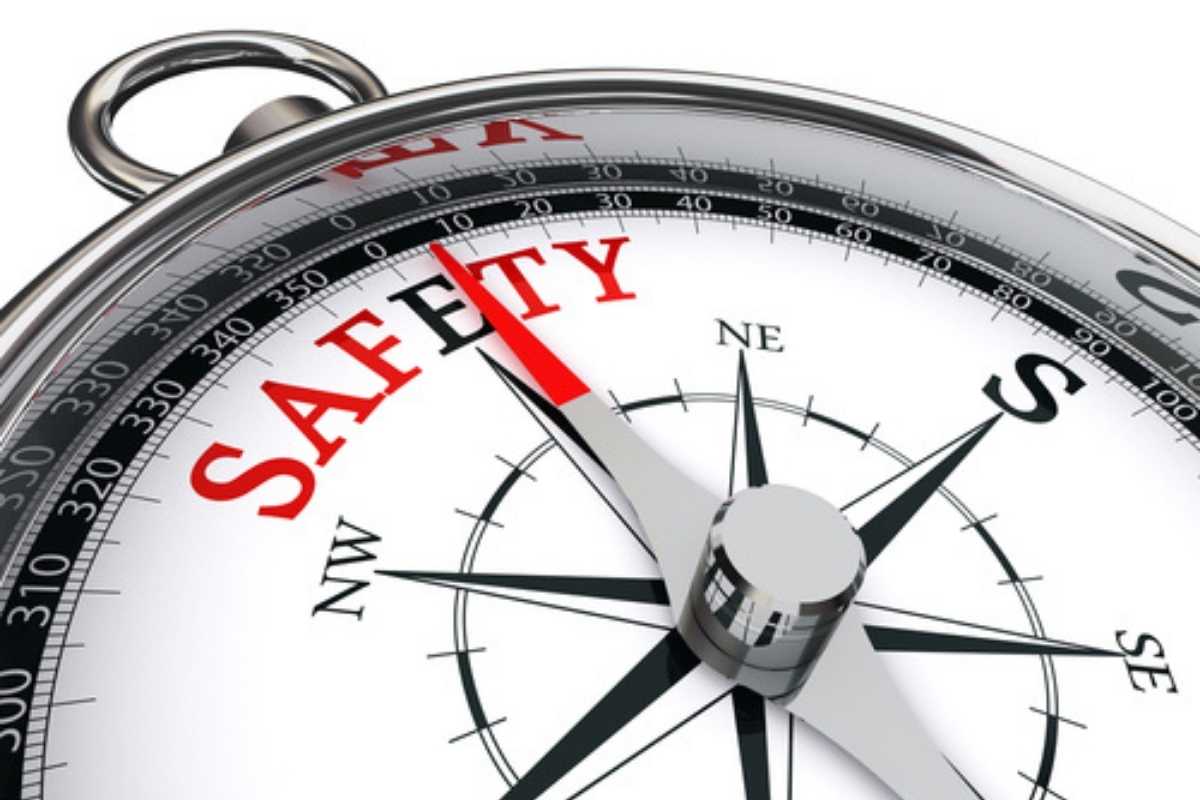What is the Fly-Wheel of Safety?
The flywheel concept when applied to safety in a business is an interesting one (Note: The fly-wheel concept has been applied to organisational success and marketing successfully already).
The general concept being that it usually consumes a lot of effort to get an enormous flywheel in motion, the flywheel representing safety culture or initiatives. But when the culture of initiative (the flywheel) has found its momentum, the progress is faster and more efficient with less effort.
The flywheel concept maintains that tremendous power is derived from continuous safety improvement and delivery of safety results. Businesses put a lot of effort into accomplishing incremental improvements and when these improvements accumulate, people in the organisation feel this force and adapt to it, which results in realising further improvements faster and with lesser effort.
Slow and Steady Wins the Race
Organisations invest a lot of hours into safety to achieve the goals or outcomes they seek. Often, the results of time spent are not noticeable, or even more specifically, it is not seen in organisational safety outcomes. Usually, these safety teams and individuals continue to invest time in safety until a breakthrough moment arrives. This is the time the company’s efforts are more visible in terms of safety outcomes. Therefore, the safety outcomes will keep on improving quicker and quicker because of the tremendous effort that has preceded it.
No safe and successful business can ever implement significant safety transformations without making smaller (sometimes imperceptible) safety steps. A company can have an ambitious safety goal, but the only way to reach that goal is by creating and making sure of achieving small safety objectives.
Keeping an Eye on the Horizon…
An essential element to achieving these breakthrough moments is that companies must look from the inside to the outside. Compare a company to an egg, to the outside world everyone thinks of it as just an egg, until the moment the chick hatches.
The egg hatching is the breakthrough moment, unseen by the outside world though is the various developmental stages and processes that the chick went through to get to that breakthrough moment. Oftentimes businesses make incremental steps that are unnoticed to the outside world until they reach a breakthrough moment.
The Key to Keeping Your Balance is Knowing When You Have Lost It…
The danger is that companies lose sight of the critical incremental effort required and enter a “Doom Loop”, this is characterised by continually making new safety efforts or new safety ideas to motivate people in the organisation. The reality is that, from all new safety initiatives, only a small portion will become successful. These initiatives may show early promise and could improve safety performance but do not achieve the breakthrough moment.
The idea of the “doom loop” is that businesses seek the breakthrough moment by creating and implementing new safety initiatives and ideas. This motivates the team, but workers are quick to provide feedback when safety initiatives do not meet expectations. It is impossible to skip development steps to generate successful safety initiatives.
The “doom loop” effect shows that safety leaders implement various programs and hope to reach the breakthrough moment, but because critical steps are missed or poorly carried out, these initiatives receive reaction without understanding and in an effort to push through a new direction or plan is chosen many times, with the hope to reach the breakthrough moment. However, in this method, there is no accumulated momentum where all the build-up effort works together to gain power and thus reach the breakthrough moment. As a result, disappointing safety results arise again and again and lead back to the first step, which is creating or implementing another new idea with the hope that it will achieve a breakthrough moment.
A Journey of a Thousand Miles Begins With a Single Step
Companies reach the breakthrough moments by taking many incremental steps, one by one. It is expected that these organisations do not think in terms of future speculation but focus more on smaller results that together form a transformational safety process.
Companies that experience the flywheel concept deal with facts and try to resolve conflict as soon as possible, and if possible, determine the necessary steps that must be taken to build the momentum of the “flywheel”. Companies that are successful comprise an engaged and disciplined workforce. Moreover, people in these types of businesses spend little time on motivating people because they are already engaged and feel the momentum of the flywheel, which is a significant power that drives safety.
Companies on the doom loop attempt to skip the build and implement large and broad safety initiatives. These companies are searching for a miracle, which likely is never going to happen. These businesses are inconsistent with implemented safety initiatives and frequently try to generate new ideas when one turns out not to be the miracle. In addition, these organisations jump right into implementation without rational and disciplined thought and spend a lot of time on motivating employees.
Conclusion
Safe and successful businesses always go through various developmental stages in relation to safety. The breakthrough they achieve is the result of an accumulation of multiple safety improvements created by the force of the people. Irrespective of the input of individuals, it is the combined energy that creates motion in the safety flywheel concept. The strength and consistency of all employees is needed to realise safety breakthroughs and a safe organisation. Once an organisation has reached a breakthrough, the momentum only spins harder and faster and as a result safety results become visible more obviously.
If you would like to know more or would like our assistance in the areas mentioned check us out at www.intrinsicsafety.com.au. Alternately, call us on 1300 990 336 or email us at [email protected]



